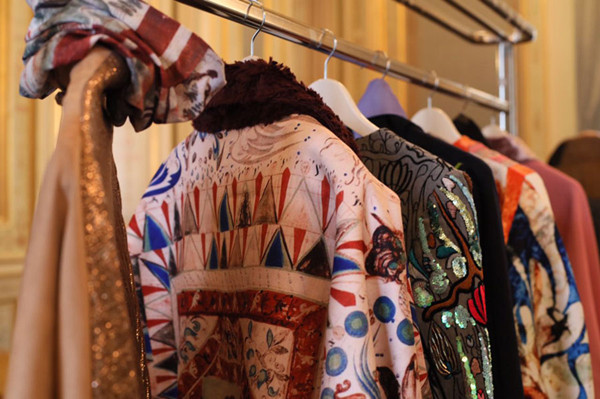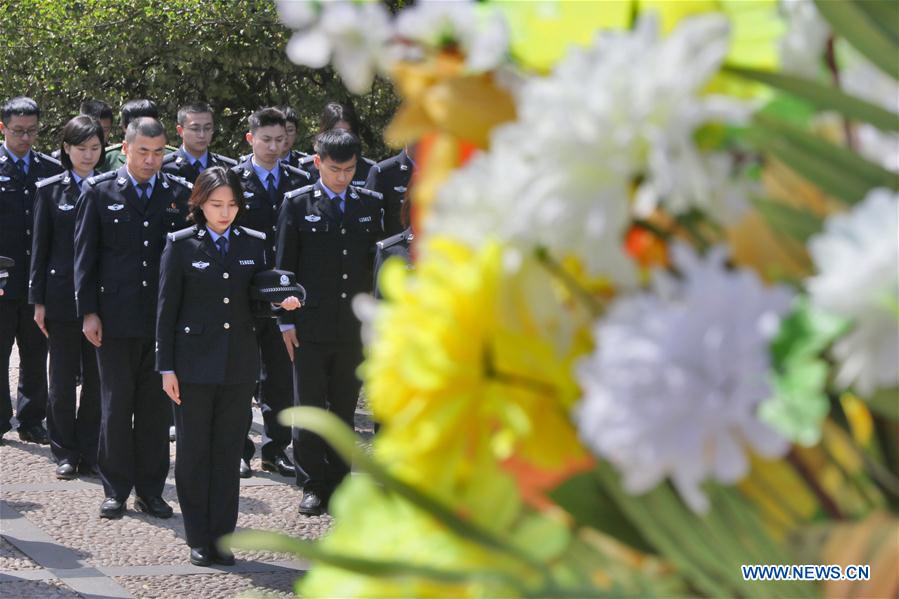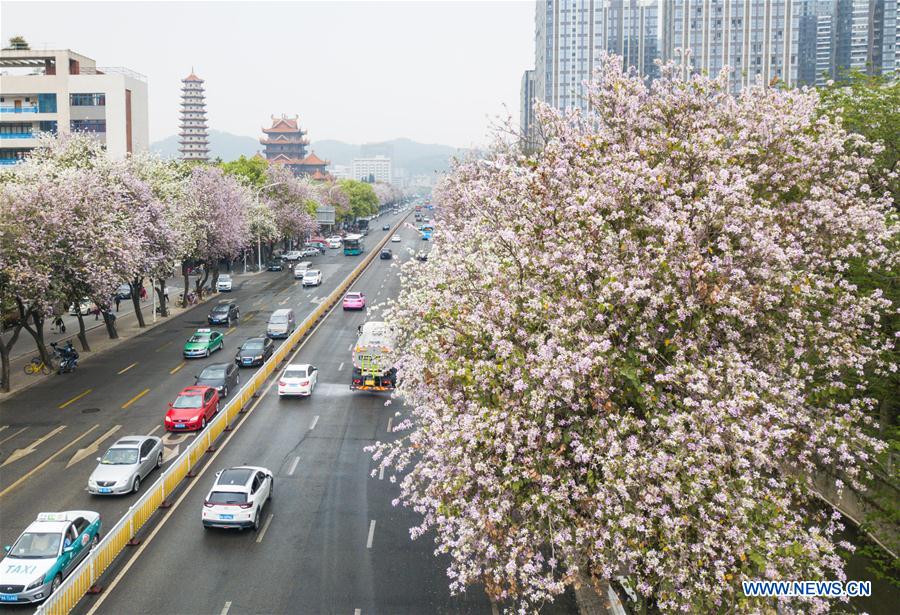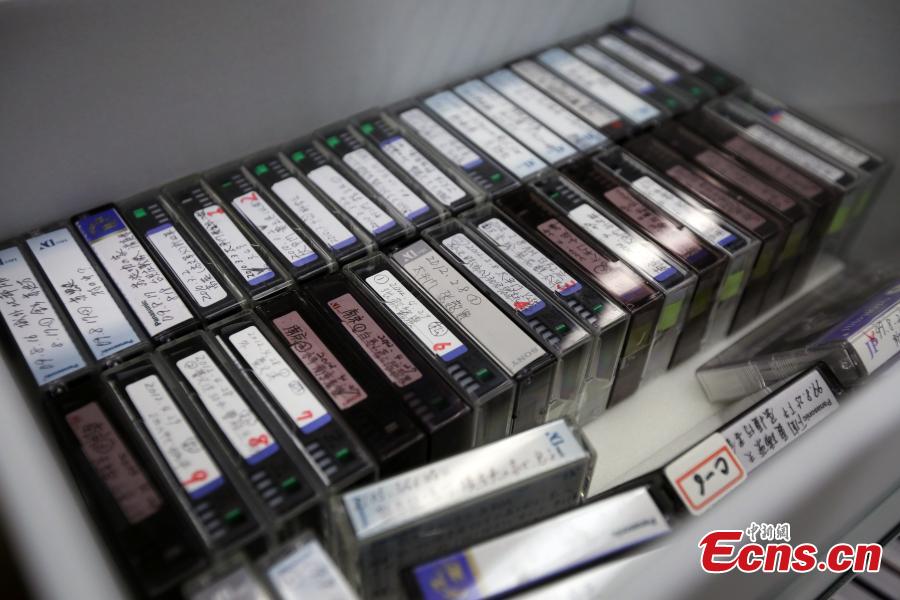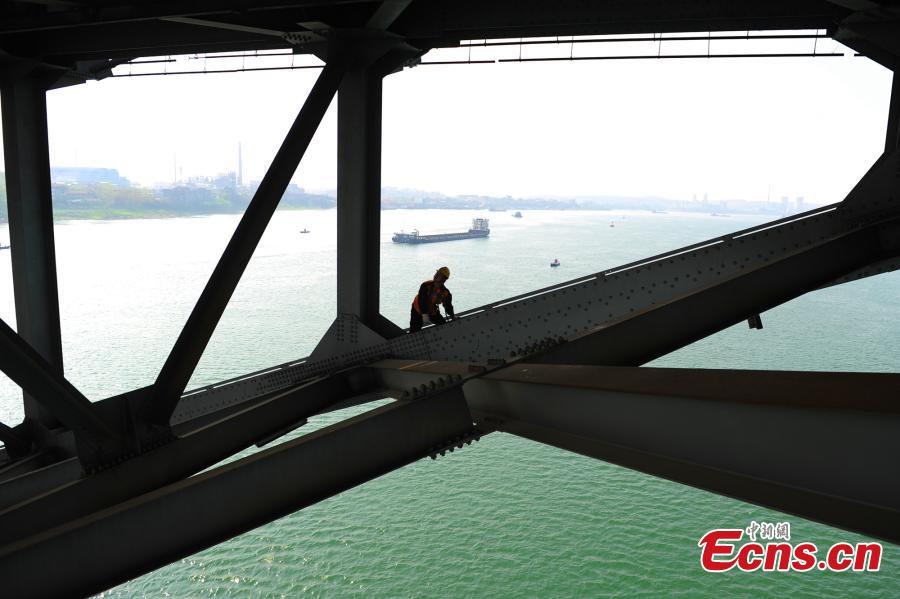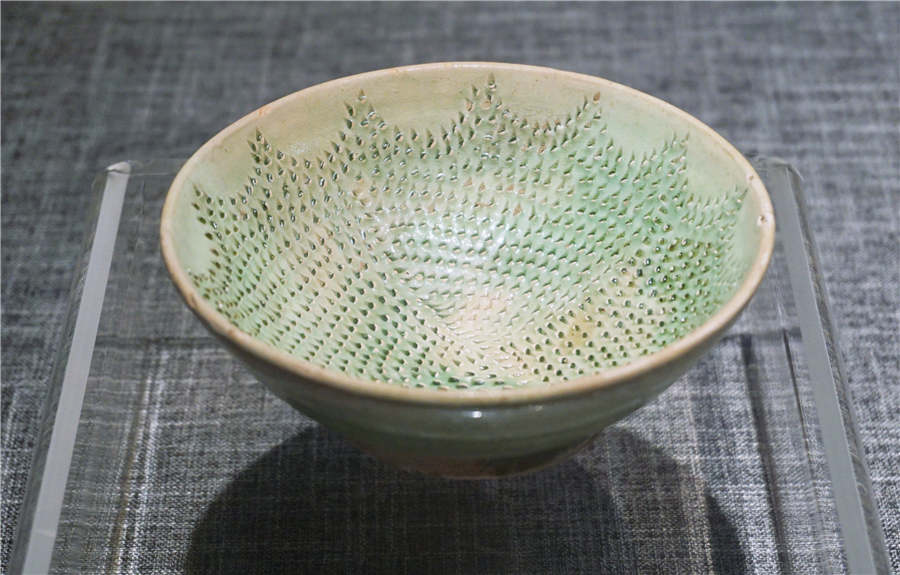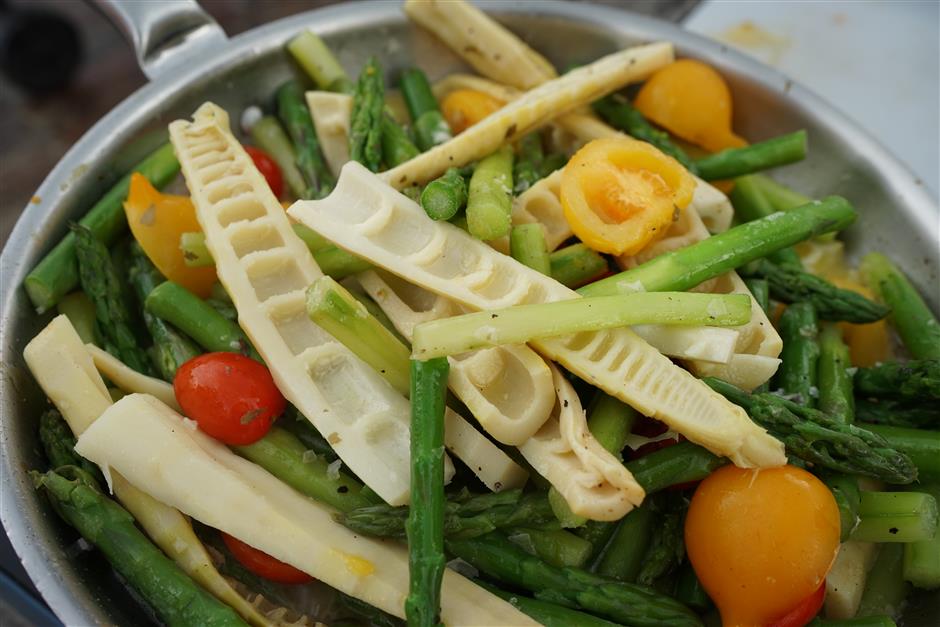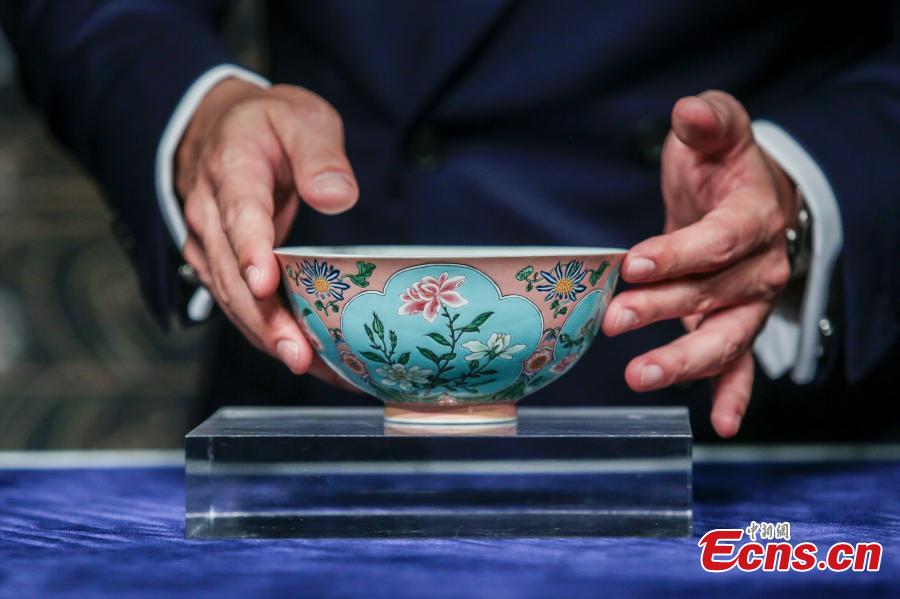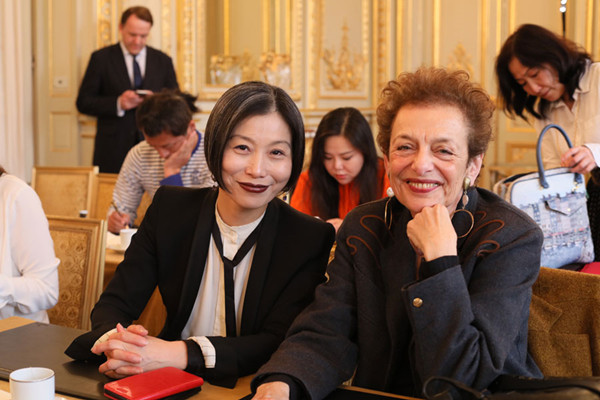
Zhao Qian, chairwoman of the China New Couture Association, poses a photo with Lyne Cohen Solal, president of the INMA, a national crafts institute based in France, on April 4, 2018. (Photo provided to chinadaily.com.cn)
China's global influence has grown with its embrace of globalization, where cultural exchange is as important as cooperation in political and economic sectors. People who endeavor to promote it are worthy of notice.
In the next few decades, China's potential to be a cultural tastemaker will grow. "No countries in the world could totally neglect or ignore it, as the nation has already had its step on the long road to a cultural prime," said Zhao Qian, chairwoman of the China New Couture Association, in an interview with China Daily website.
Established in Paris last year, the association developed dozens of inimitable high-end fashion designers to be its members, including Laurence Xu, who often shows at Paris Fashion Week, and NE-TIGER founder Zhang Zhifeng. To address the interests of the Chinese design community, it aims to promote Chinese design that combines the elements of classical, time-honored Asian aesthetics and a modern design style that utilizes clean lines.
To infuse new vigor in global fashion design, the association organized a summit themed on promoting artistic endeavors in Paris on Tuesday while bringing hundreds of top designers closer, Zhao said.
Dedicated to promoting inspirational work of emerging creatives and established professionals across the fashion industry, Zhao, who has served as the director of the Paris Chinese Haute Couture Association since 2000, recommended many Chinese designers to the international arena.
"Our artists and designers have good skills, and the country has a profound culture, both of which need to be shared with the world," she said, adding the meeting is expected to conceptualize a "designed in China" philosophy while proposing innovation through tradition as a way to help China stand out.
Today, many non-Chinese still believe the elements and symbols of Chinese culture only refer to items from the past, like mandarin buttons used to decorate the front of traditional Chinese clothes such as qipao. "To maintain a long-lasting and intimate link with traditions and legacies is one thing. Designers also need to create a pipeline for innovation," Zhao explained. "The latter is all about the new and the future."
China has taken advantage of technology to smooth the transition from "made in China" to "designed in China", Zhao told China Daily website. Now, some of the world's most respected brands have removed their logos as a gesture to support unbranded products. "In the near future when brand loyalty is low and demands are high, it makes sense that customization would take off," she said.
"Consumers are increasingly expecting products that feel special and distinctive to them," Zhao said. "Made-to-order fashion has gradually gone mainstream, and high-tech could make on-demand personalization possible because it produces more and satisfies rising demands with diversified styles in a much shorter time compared to manual labor."
Paris has always been sought as one of the most romantic and fashionable cities in the world, Zhao said when asked why Pairs was chosen as the first stop. To consolidate confidence in Chinese culture, Chinese metropolises like Beijing or Shanghai will be ready to host such a summit later this year.
